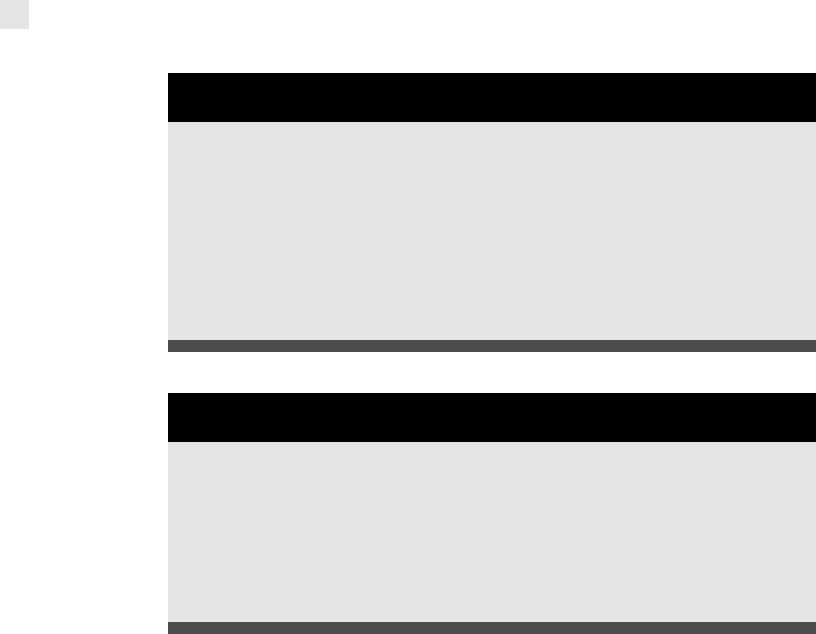
Inspection Guidelines for PV Systems
There are many major aspects of installing a PV system. Proper installation is vital
to creating a high-performance PV system. Inspection guidelines were devised to
cover PV system installations in homes or commercial buildings.
The AHJ is the local building or electrical inspector accountable for validating
PV system permits and installation. This authority ensures that the PV system
installed is safe and will protect the owners. Also, permitting ensures that the
PV system will not damage the owner’s property or that of the neighborhood.
Unsafe construction and electrical systems have maimed and killed individuals
and even led to destruction of whole neighborhoods. A city or county government
has a responsibility to prevent or minimize damage that could occur in any way
possible. When you approach the AHJ for a permit, remember that its officials
have a critical role. Most of them take it very seriously and often very personally.
The PV system plans take into account many electrical and building codes.
These codes have been accepted as law by the AHJ. The codes cover all forms of
construction and all components. It is the primary role of the AHJ to interpret the
codes for the safety of the community. They are the minimum standards for
Goals
When you complete this chapter, you will be able to:
List permitting guidelines for PV systems.
List utility interconnection standards.
Discuss a PV field inspection.
Discuss warranties.
Topics & Concepts
Neighborhood CC&Rs (conditions, covenants, and restrictions) and
homeowner associations (HOAs)
Connecting to the grid
Utility interconnection standards, agreements, sign-offs, and warranties
Insurance requirements
PV system inspection
As-built drawings
206 ADVANCED PHOTOVOLTAIC INSTALLATIONS

safety, and it is criminal and unethical to cut corners, cheat, or subvert the code
for any reason.
The role of the utility company in the process is different. The utility is the
portal to the electrical grid, or utility network. It is the patchwork of 100-plus
years of smaller segments of electrical service combined to provide power inter-
nationally in North America. It is where safety, not performance, is most
important.
The grid is made up of over a century of changing electric standards and
technology. It is going through a process over the next two or more decades to
rebuild for the technologies of today and tomorrow.
Utility companies may be privately held, governmental, or quasi-governmental
agencies that sell electricity. They are, in a sense, the competitors to the
PV industry.
You must learn the process; understand the rules and the AHJ and utility
responsibilities to do your job properly. Sometimes the process is very confusing
and contradictory because the electrical industry is in a state of change. A decade
ago, the PV industry had to work with and educate almost every AHJ partner
about equipment, code, and the process of installing PV systems.
The utility company has nearly ultimate control over the interpretation of
the code and rules. Those rules are collected through the local or state public
utility commission (PUC).
These are your partners in technology.
It is like a marriage. It can be a good marriage or a bad one. It will almost
always be up to you to set the tone for the marriage and make it as successful as
possible. It is always easier to work with the understanding that you do not have
all the answers, nor does your partner.
Although the two systems shown here, one commercial and the other residential, were located in two separate AHJs,
the permitting and inspection requirements were very similar, with mostly procedural differences.
Courtesy of PerfectPower, Inc.
CHAPTER 9 The Evolving PV System: From Concept to Certification 207
..................Content has been hidden....................
You can't read the all page of ebook, please click here login for view all page.
